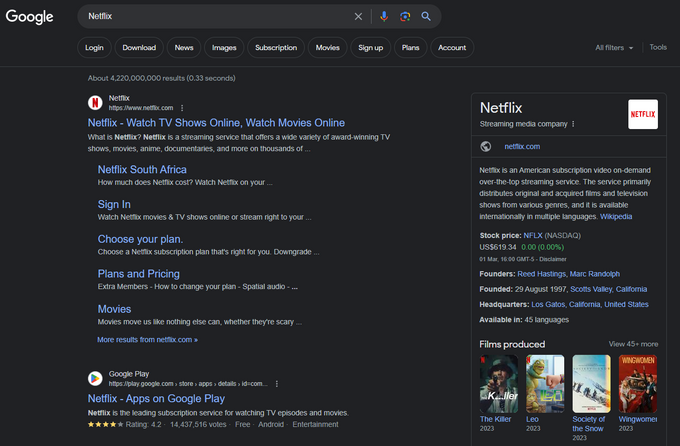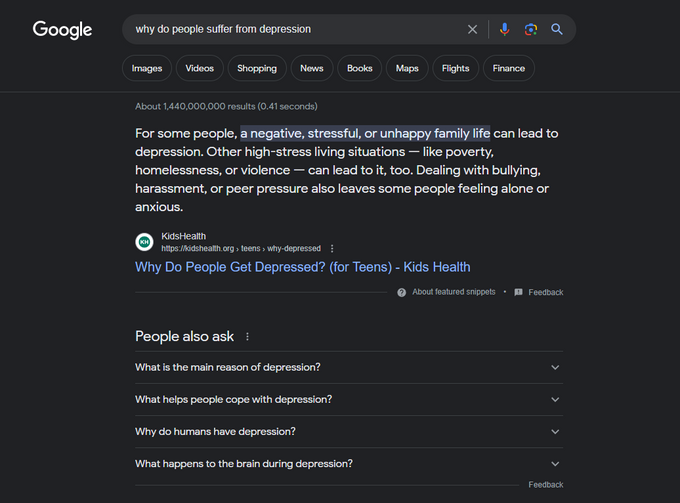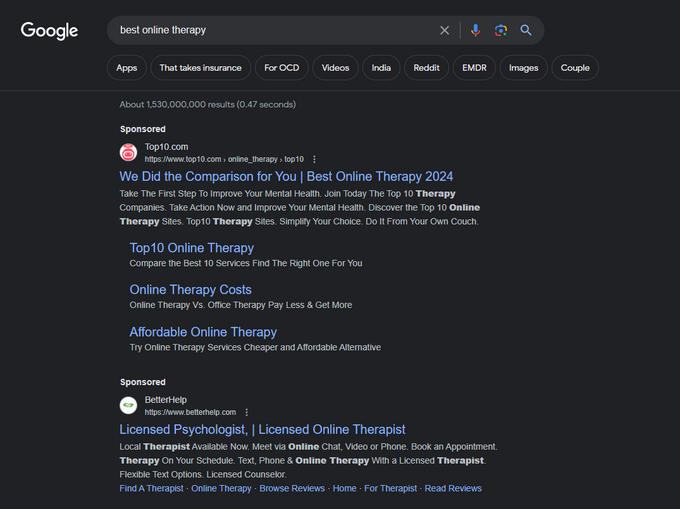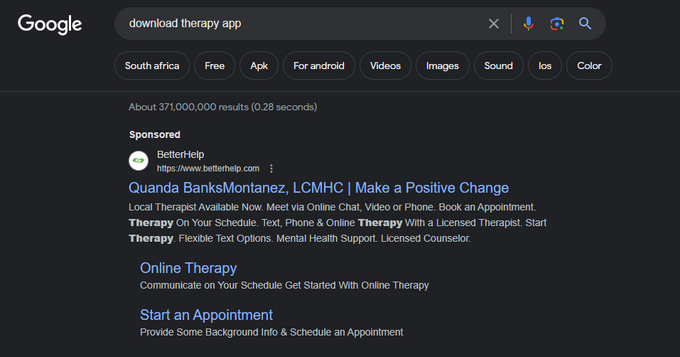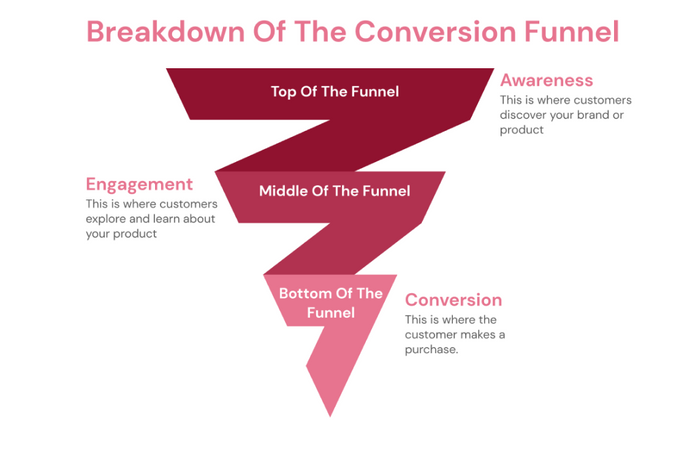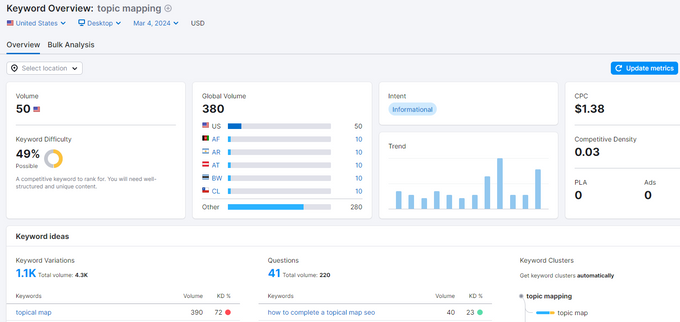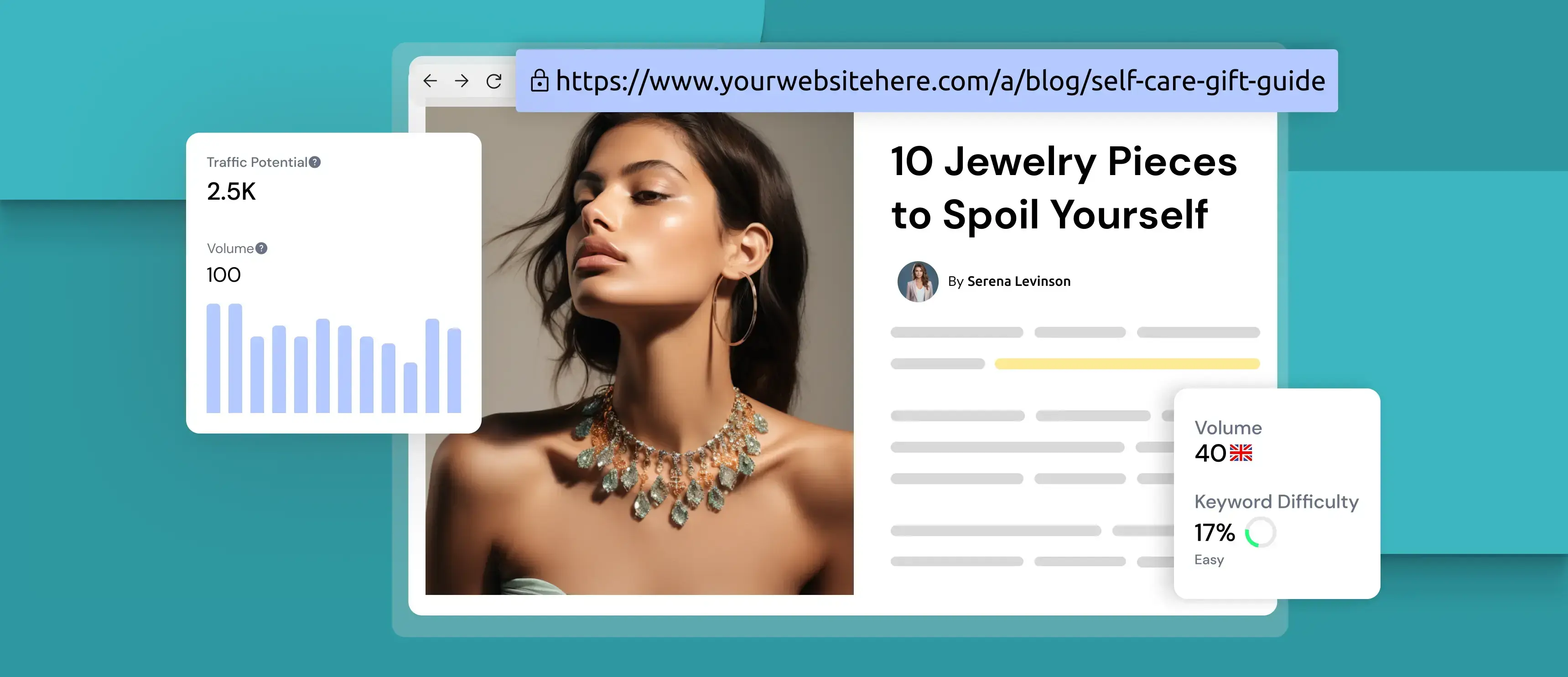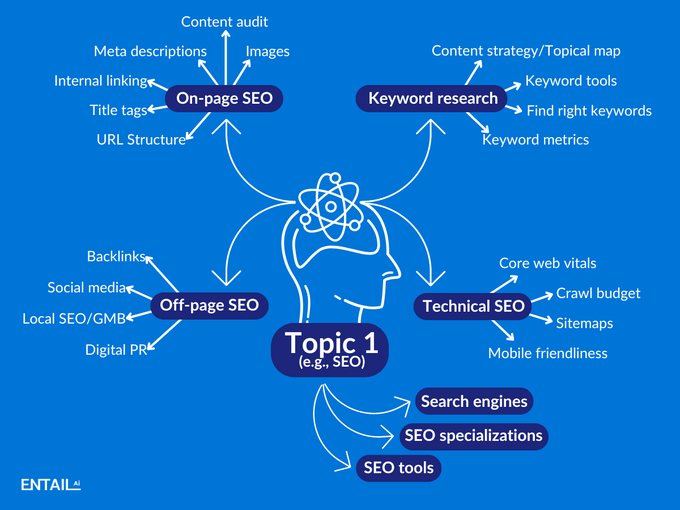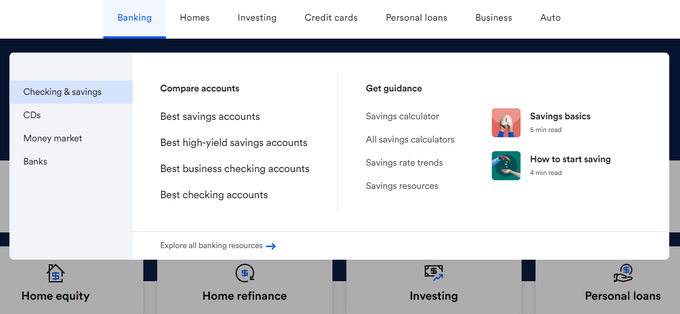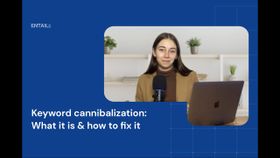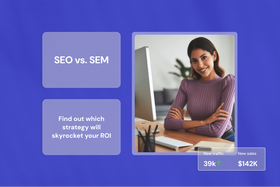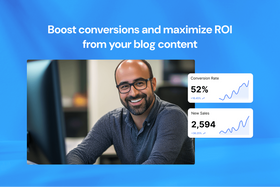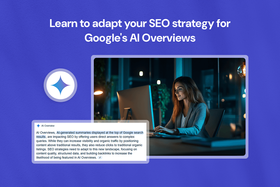Mapping keywords to the SEO conversion funnel: A topic-driven approach
Unlock the power of search intent, keywords, and topic mapping to elevate your content creation and SEO strategy.
Updated June 13, 2024
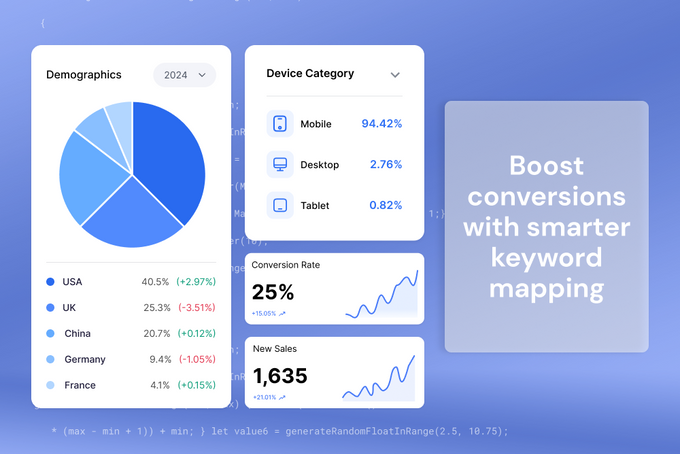
Key takeaways
- Identify the reason behind a user's search query and align your content creation with their needs.
- Focus on keywords with commercial intent and map out relevant topics for your business.
- Create content that satisfies the full scope of a topic and the underlying search intents behind it.
- Organize content by topic to make it easy for users and search engines to navigate and discover your full topical breadth.
What do search intent, keywords, and topic mapping have in common? They should all form the foundation of your content creation and SEO strategy.
If you want to succeed in the heavily saturated marketing world and rise to the top of the AI content surge, you need to understand your SEO conversion funnel intricately. You can use the funnel to guide your content creation process to deliver precisely what people want by understanding the common keywords associated with each stage and using them to your benefit.
Understanding search intent
Before you can drill down on keywords, you must understand your user's needs.
Starting your content creation process from the user's perspective guarantees alignment with their needs. This means understanding what they're searching for and what you can do to provide a solution. This is what search intent is all about—knowing the reason or goal behind a user's search query.
Intent can be broken down into four main types:
- Navigational: These are searches where the user wants to navigate to a specific website or online destination like "Facebook" or "Amazon." The search results will prominently display the sought-after website.
- Informational: When a user is looking for information or an answer to a specific query like "Why do people suffer from depression?" or "How to bake a cake." In this case, the searcher wants educational content that explains a concept or provides instructions.
- Commercial: These are searches where the user researches and compares products/services before making a purchase decision. Terms like "best online therapy providers" or "top-rated VPNs" are common examples.
- Transactional: This indicates the user wants to complete a transaction like purchasing, downloading something, or signing up. Searches like "buy running shoes online" or "download Photoshop" suggest transactional intent.
When you consider the types of intent behind different searches, you can see how they neatly align with the various stages of the funnel.
Understanding the primary search intent helps create content that satisfies the user's needs and ranks well on search engines. Google evaluates intent signals like:
- The phrasing of the query (informational vs. transactional phrases)
- Query context and user data
- Intent modifiers like "buy," "cheap," or "review"
- The type of search results the user is engaging with
Google will adjust its results based on intent to provide the most relevant and helpful response. This is becoming increasingly more sophisticated with Google's Search Generative Experience. You can be just as smart by understanding and catering to your target audience's intent.
By aligning your content strategy to focus on the predominant search intent for your target topics, you'll be able to satisfy user needs better and give Google compelling reasons to rank your pages higher.
What about keywords?
While high search volume keywords may be attractive for driving more website traffic, it's important to understand that not all traffic is equally valuable. The real value lies in ranking for keywords that have higher commercial intent and can drive conversions and generate revenue.
Simply going after informational keywords with large search volumes but little commercial intent can generate a lot of traffic, but much of that traffic won't convert into customers or sales. That's why it's crucial to evaluate keywords based on search volumes and their commercial potential.
» Understand how keyword cannibalization affects SEO.
Move from keywords to topics
Now is the time to move from looking at individual keywords to a topic-driven approach. Rather than focusing on keyword metrics like search volume and difficulty, map out all the relevant topics for which your business can create authentic, expert content. Analyze the potential value and commercial intent behind each overarching topic and evaluate how you can develop those into viable and valuable content.
While informational topics can still be valuable in driving awareness, the focus should be gaining visibility for relevant topics that turn visitors into customers.
Additionally, optimizing for individual keywords will become redundant as search engines get more advanced at understanding query intent and matching results. Instead, you need to create comprehensive topical content that satisfies the full scope of a topic and the underlying search intents behind it.
To drive truly valuable traffic that impacts your business goals, be strategic about which topics and corresponding keywords you target based on commercial intent analysis. Invest in building topical authority for those high-value areas first.
How to map topics successfully
Topic mapping involves identifying, organizing, and prioritizing all the important topics for your business to cover through content. It's a more comprehensive and intent-driven approach compared to traditional keyword research.
The first step is to brainstorm and map out every potential topic your target audience might search for related to your products/services. Use keyword research tools and draw from your industry expertise, customer research, and sales team insights.
Once you have an exhaustive list of topics, the next step is to analyze and prioritize them based on factors like:
- Search volume/traffic potential: Like keyword research, you'll want to estimate the traffic opportunity for each topic based on cumulative search volumes and competition levels.
- Commercial/transactional intent: As discussed earlier, categorize topics based on how commercial or transactional the search intent behind them is. Prioritize topics with higher revenue-generating potential.
- Relevance to your business: Align topics tightly with your product/service offerings and pivotal to your core value proposition. Deprioritize tangential topics.
- Stage of the marketing funnel: Map topics based on whether they are top-funnel (awareness/informational), middle-funnel (evaluation), or bottom-funnel (purchase/conversion).
Once prioritized, you can plan your content calendar and strategy around creating content pillars for those high-value, commercially focused topics first. Support those pillars with related subtopics and internal linking to comprehensively cover the entire topic cluster.
The primary advantage of topic mapping over keyword research is that it aligns your content efforts with holistic user journeys and intent rather than just chasing search volumes for individual keywords. You can create shareability and authority for the topics that genuinely matter.
» Learn how to guide users through the bottom of the conversion funnel.
How to structure content on your website
Another crucial aspect is structuring and siloing this topical content on your website. Taking cues from how users navigate and search within your topic area, you can create content hubs, categories, or sub-domains arranged by topic. This allows users and search engines to discover and consume the content you've created for the conversion funnel.
Structured topic mapping and content organization focused on searcher intent and journeys is rapidly becoming the best practice for achieving topical authority and relevance at scale—a key driver of SEO success.
» Find out how to build topical authority for better SEO and conversions.
Level up your content strategy
By focusing predominantly on search intent for your target topics, you can satisfy user needs and improve rankings. And while high-volume keywords drive traffic, prioritize those with commercial intent for better conversions. Transition to a topic-driven approach by mapping out relevant topics aligned with your business goals.
By approaching SEO from a more holistic view of the user's engagement with your content, you can begin to improve your rankings and achieve your business goals.
